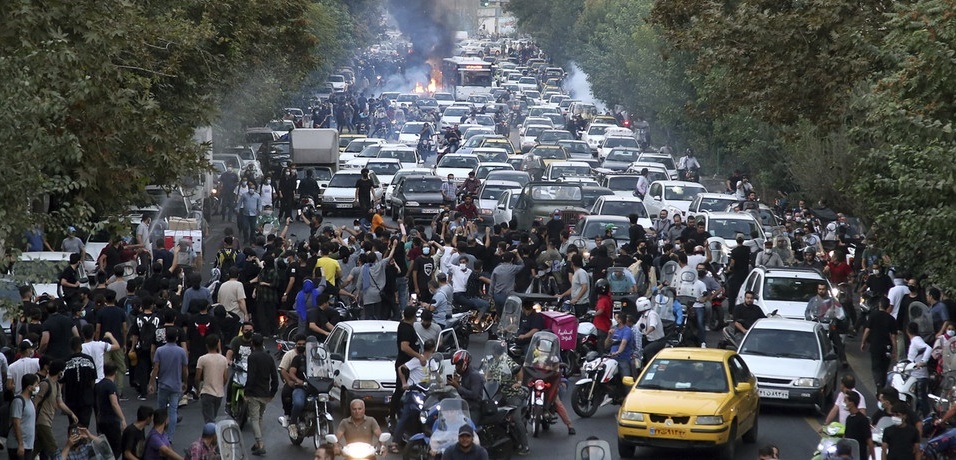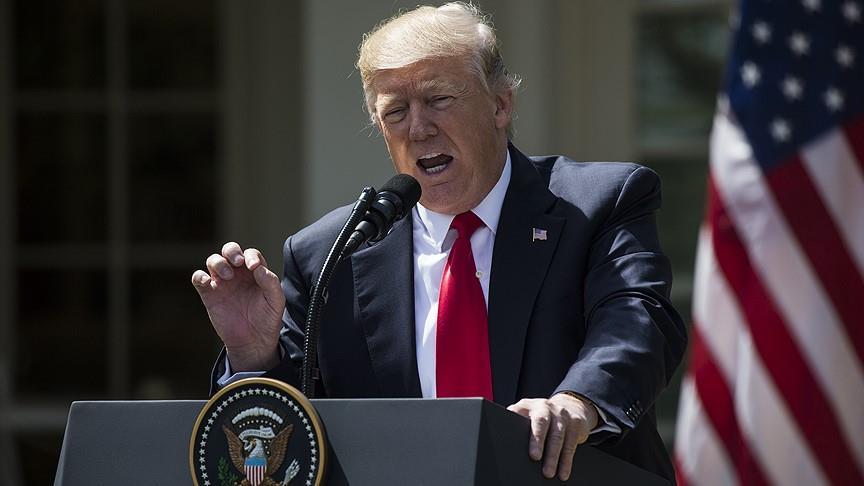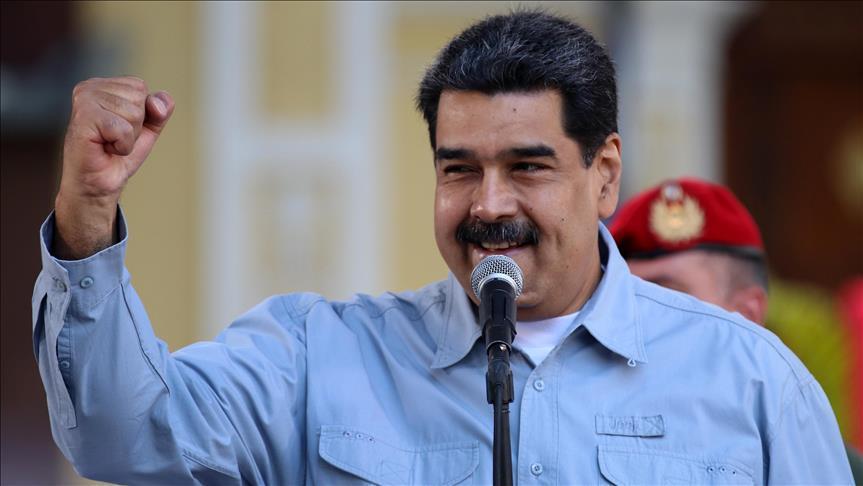Mahsa Amini’s death: More dead in protests in Iran
Anti-regime protests in Iran continue after Mahsa Amini's death. Apparently there were more dead.

Mahsa Amini’s death: According to two organizations, access to the Internet has been restricted.
The protests in Iran after the death of Mahsa Amini continue – and four more people have apparently been killed. This was reported by the Iranian media and a local prosecutor. This brought the number of people killed to eight, apparently including a police officer and a member of a pro-government militia.
Ten demonstrators were killed by security forces, reports the Kurdish human rights organization Hengaw. Iranian officials deny this, claiming that armed dissidents shot them. The information on both sides cannot currently be verified.
Mahsa Amini’s death: Videos of women burning headscarves
22-year-old Amini died in a hospital in Tehran last Friday. Before her death, the vice squad accused her of violating strict hijab regulations and arrested her.
Many people then speculated that the police officers beat Amini. Iran’s Interior Minister Abdolresa Rahmani Fasli and the police denied this, but the authorities initiated investigations. A senior adviser said Ayatollah Ali Khamenei sent his condolences and pain to Amini’s family at her death.
What's important world news right now? This
"Internet restricted in Iran…Last week's death of 22-year-old #Mahsa_Amini, who was arrested by morality police in Tehran for "unsuitable attire", unleashed anger over … freedoms in the Islamic republic…"https://t.co/yjbld4aqd5
— Natasha Mitchell 💉💉💉💉 (@natashamitchell) September 22, 2022
Videos on social networks later showed women burning their headscarves and two demonstrators tearing up two large posters with the heads of former Supreme Leader Ruhollah Khomeini and his successor Khamenei. It is difficult to verify whether the videos are genuine. The dimensions of the protests are also difficult to assess.
Previous demonstrations put down
The Iran expert Ali Fathollah Nejad explains on the basis of English-language studies: “If we look at the numbers alone, we had 4,000 protests in Iran last year. That is a record since 2016. And in the first half of this year we have 2,200 protests That means: We see a lot of resentment among various social groups against the regime.”
So far, however, the regime in Tehran has always managed to put down these demonstrations – whether they took place because of high gasoline prices in 2019, unpaid wages, the accidental downing of a Ukrainian passenger plane in 2020, water shortages or a collapsed building with many deaths this summer.
The internet is apparently blocked
Authorities have now apparently blocked the internet, according to human rights organization Hengaw and internet blocking observatory NetBlocks. Access to Instagram is restricted, and the mobile networks are also switched off. Instagram is the only major social media platform licensed in Iran.
“Iran is now subject to the toughest internet restrictions since the November 2019 massacre,” NetBlocks said. At that time 1500 people were killed.
Protests continue after Mahsa Amini’s death
The Iranian rulers underestimated the anger of women
Thousands of people took to the streets after Mahsa Amini’s violent death. The desired climate of fear is now falling on the toes of the regime in Tehran.
It’s an outcry. Anger, frustration and desperation are driving thousands of Iranians – especially Iranian women – onto the streets. Not only in Tehran, but also in other parts of the country.
That is courageous and deserves great respect, yes, admiration. Because challenging the mullahs and their power clique is life-threatening. The rulers know no mercy, only violence.
Any form of opposition will be fought
Even those who take off their headscarves to protest the death of Mahsa Amini in police custody must expect the worst. The regime’s henchmen bludgeon and shoot at even the smallest gesture of resistance.
This has been a common tactic used by those in power for many years. This is intended to nip any form of rebellion and opposition in the bud. Those who raise their voice against the oppressors will be eliminated.
But apparently the hardliners around President Ebrahim Raisi underestimated the pent-up anger of the people this time. Apparently, in their arrogance and remoteness from the people, they believed that the death of a young woman who was arrested on the street by the vice squad because she wore an “un-Islamic” headgear would have no consequences. The mullahs were wrong about that.
Young Iranians reject the religious rules
In the 21st century, young people in Iran in particular are tired of being patronized by old men. They reject the rigid ideological and religious guidelines of the clerical caste and try to circumvent the rules in everyday life at every opportunity that arises.
Behind this is the desire for more freedom, self-determination and a reasonably good life. However, the rulers lack any understanding for such needs. They rely solely on a climate of fear. And now that’s falling on them.
More and more people become poor
After all, many Iranians still have a problem with the regime: it is doing nothing to counteract the consequences of the devastating economic crisis and the ever-increasing spread of poverty. Thousands and thousands no longer know how to make ends meet.
Dissatisfaction is growing every day and also plays a major role in the current protests. The need in the ailing theocracy is not God’s will, but man-made. A few enrich themselves at the expense of others. The Iranians know that very well. For this reason too, the powerful must fear their own people.
But make no mistake: the Islamic Republic and its dictators are not finished yet. The guards of the revolution will probably put an end to these protests with murderous brutality. But dominion cannot be built forever on mercilessness alone. Even mullahs have an expiry date.



